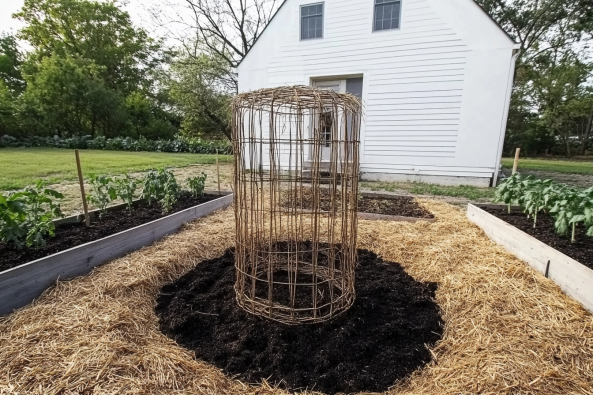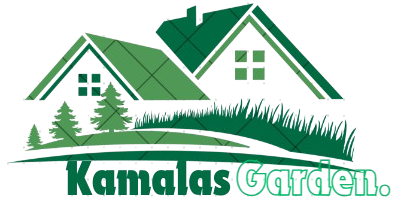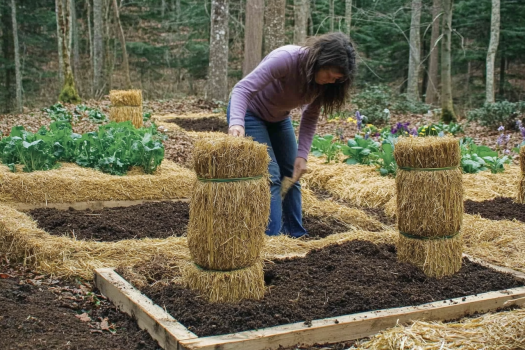Why Grow Potatoes in a Tower?
Benefits of Vertical Potato Gardening
Growing potatoes in a tower is an innovative and space-efficient way to cultivate a bountiful harvest. Here are some key benefits:
- Maximizes Space: Ideal for small gardens, patios, or urban spaces where ground space is limited.
- Higher Yields: The layering method allows for increased production in a small footprint.
- Better Pest Control: Reduces the risk of soil-borne pests and diseases.
- Less Weeding: The contained setup minimizes weed growth, saving time and effort.
- Easy Harvesting: Simply tip over the tower to access your potatoes without excessive digging.
What You Need to Build a Potato Tower
Materials Required
To build a potato tower, you’ll need:
- Wire mesh or wooden boards for the tower frame
- Straw or mulch for layering and insulation
- Rich compost or high-quality potting soil
- Seed potatoes of your chosen variety
- Watering can or hose for consistent moisture supply
Choosing the Best Soil Mix for Potato Growth
Potatoes thrive in well-draining, nutrient-rich soil. The ideal mix includes:
- 50% compost or organic matter
- 30% high-quality garden soil
- 20% perlite or sand for aeration and drainage
Step-by-Step Guide to Growing Potatoes in a Tower

Step 1: Build a Sturdy Frame
The first step is constructing a solid structure for your potato tower.
- Choose the Right Structure: Use wire mesh, wooden pallets, or fabric grow bags.
- How Tall Should It Be? A height of 2-3 feet is ideal to support multiple layers while maintaining stability.
Step 2: Create a Straw or Compost Nest
Layering is crucial for a healthy potato tower.
- Why Layering is Important: It promotes aeration, drainage, and even nutrient distribution.
- Using Organic Matter: Layer straw, compost, or leaves to create a loose, breathable structure.
Step 3: Add Seed Potatoes and Water Thoroughly
Planting your seed potatoes properly ensures a healthy yield.
- Best Varieties for Tower Gardening: Yukon Gold, Russet, Fingerlings, Red Pontiac.
- Spacing and Depth: Place seed potatoes 6-8 inches apart, covering them with a 4-inch layer of soil.
- Watering: Keep the soil moist but not soggy to prevent rotting.
Step 4: Continue Layering Soil and Potatoes
As your potatoes grow, add more layers.
- When to Add Layers: Once the shoots are 6 inches tall, add more soil and straw, leaving the top leaves exposed.
- How Deep Should They Be Covered? Maintain 2–4 inches of soil above the shoots each time you layer.
Step 5: Care and Maintenance of Your Potato Tower
Watering Schedule and Best Practices
- Water regularly, ensuring the soil remains damp but not waterlogged.
- Avoid overwatering, as stagnant water can cause tuber rot.
Common Pests and How to Prevent Them
- Aphids & Potato Beetles: Use neem oil or insecticidal soap.
- Fungal Diseases: Ensure proper air circulation and avoid overhead watering.
Step 6: Harvesting Your Potatoes
Signs Your Potatoes Are Ready for Harvest
- Leaves Turning Yellow: This indicates that the potatoes have matured.
- Flowering and Dieback: Once the foliage starts dying, it’s time to harvest.
How to Easily Tip Over the Tower for Collection
Simply remove the frame or tip over the tower and sift through the soil to collect your potatoes.
Best Potato Varieties for Tower Gardening

Yukon Gold
- Early maturing, buttery texture
- Ideal for mashed potatoes and roasting
Russet
- Large, starchy potatoes
- Perfect for baking and fries
Fingerlings
- Small, waxy, and flavorful
- Excellent for salads and roasting
Red Pontiac
- Thin-skinned, moist texture
- Great for boiling and mashing
Common Mistakes to Avoid When Growing Potatoes in a Tower
Overwatering or Underwatering
- Too much water leads to rotting, while too little causes stunted growth.
Using the Wrong Soil Mix
- Heavy clay soil retains too much moisture, leading to disease.
Not Providing Enough Support for the Tower
- Weak structures may collapse under the weight of growing potatoes.
FAQs About Growing Potatoes in a Tower
Can I Reuse the Soil for the Next Season?
- It’s best to rotate crops or refresh the soil to prevent disease build-up.
Do I Need to Fertilize My Potato Tower?
- Yes! Use organic fertilizers like compost tea or fish emulsion every few weeks.
How Long Does It Take to Grow Potatoes in a Tower?
- Most potatoes mature in 70–120 days, depending on the variety.
Related Posts You May Like
- How to Grow Potatoes in Containers
- The Best Vegetables to Grow in Small Spaces
- Organic Gardening Tips for Beginners
For more detailed insights, check out this guide on growing potatoes in a tower.
By following these steps and avoiding common mistakes, you can successfully grow a bountiful harvest of potatoes using the tower method. Whether you’re an urban gardener or simply looking to maximize your yield, potato towers are a fantastic addition to any garden!

